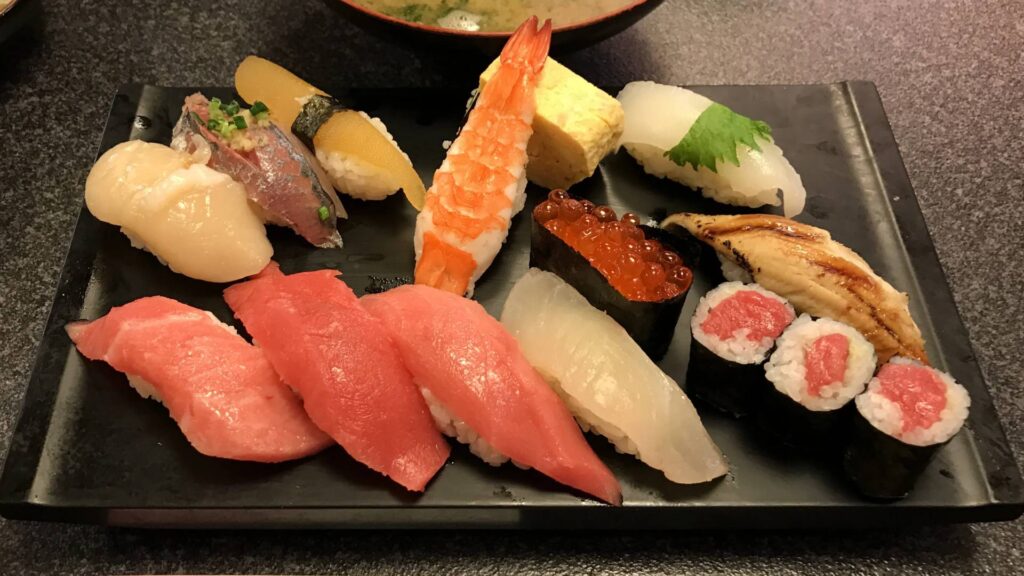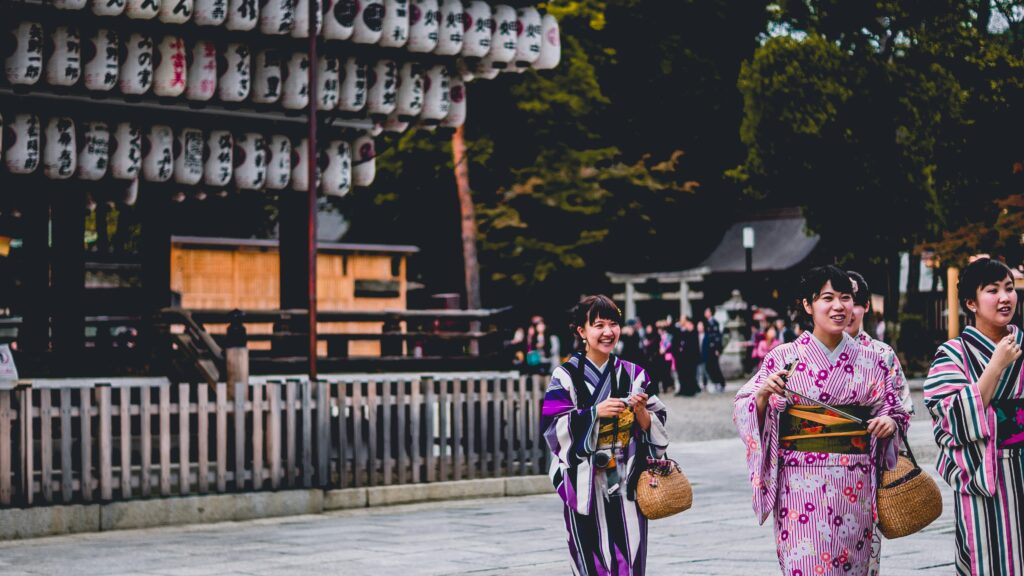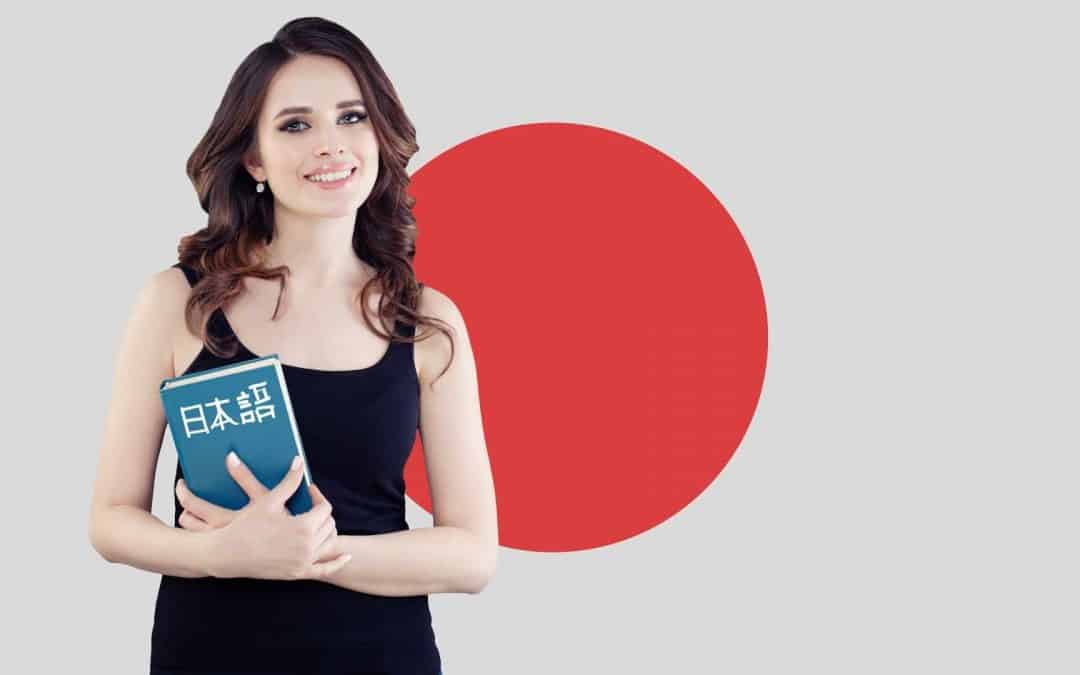The Japanese language is known for its unique and fascinating characteristics, one of which is the frequent use of abbreviations, especially in casual conversations and texting. This linguistic trend reflects the dynamic and evolving nature of Japanese, making it more efficient and expressive. Many of these abbreviated forms are derived from foreign languages, particularly English, showcasing Japan’s cultural openness and adaptability. These abbreviations are not only practical but also add a playful element to everyday communication.
In this blog post, we will explore 40 of the most commonly used and interesting Japanese abbreviations. Each entry will include the translation and the original long-form version in brackets, providing you with a comprehensive understanding of these handy linguistic shortcuts. Whether you are a beginner or an advanced learner, these abbreviations will enrich your vocabulary and help you navigate the nuances of the Japanese language with ease.
Japanese Abbreviations for Places
These Japanese abbreviations are used to describe some of the most visited places in Japan. You can hear these abbreviated words everywhere, making them essential for anyone learning Japanese.

- Suupaa, スーパー (Supermarket, スーパーマーケット) Be sure to lengthen the ‘u’ and ‘a’ sounds! A short ‘u’ and ‘a’ (‘supa’) means ‘spa’ instead of ‘supermarket’. For more on short and long vowels, check out our blog on common Japanese language mistakes.
- Depaato, デパート (Department store, デパートメントストア) A depaato is a large mall with dozens of retail stores, restaurants, cafes, and other facilities. It’s one of our favourite places to shop in Japan!
- Depachika, デパ地下 (Department store basement, デパートメントストアの地下) ‘Depachika’ is a combination of ‘depaato’ (short for “department store”) and ‘chika (地下)’ which means ‘underground’ in Japanese. These floors typically house many food stores and bakeries.
- Apaato, アパート (Apartment, アパートメント) In Japan, apartments, flats, and units are categorised into ‘apartments’ and ‘mansions (manshon, マンション)’. Apartments in Japan refer to units in buildings that are only two storeys high. Mansions refer to concrete/steel apartment buildings with three or more floors.
- Konbini, コンビニ (Convenience store, コンビニエンスストア) Two of the most famous convenience stores in Japan are Family Mart and Seven-Eleven, which are also commonly abbreviated in Japanese, as we’ll cover next.
- Famima, ファミマ (Family Mart, ファミリーマート)
- Sebun, セブン (Seven-Eleven, セブンイレブン)
- Sutaba, スタバ (Starbucks, スターバックス) Fun fact: there’s a ‘sutaba’ in Kyoto that looks like a traditional Japanese house!
- Makku/Makudo, マック/マクド (McDonald’s, マックドナルド) Some of us may call McDonald’s ‘maccas’ or ‘mac’ in English. In Japan, it’s abbreviated to ‘makku’ or ‘makudo’.
- Gemusen, ゲムセン (Game centre, ゲームセンター) Arcades in Japan are called “game centres” and you’ll find a whole cluster of them in Akihabara, which is abbreviated to ‘Akiba (アキバ)!’
- Opesen, オペせん (Operations centre, オペレーションセンター)
Japanese Abbreviations for Food
A lot of foreign food is commonly referred to using Japanese abbreviations.

- Famichiki, ファミチキ (Family Mart fried chicken, ファミリーマートフライドチキン) Family Mart sells fried chicken known as ‘famichiki’ (‘fami’ from ‘family mart’ and ‘chiki’ short for ‘chikin’, Japanese for ‘chicken’). It’s a common snack and drunk food in Japan.
- Nanachiki, ナナチキ (Seven-Eleven fried chicken, セブンイレブンチキン) Famichiki’s competitor is nanachiki, which is fried chicken sold by Seven-Eleven. Its name is made up of ‘nana’, Japanese for ‘seven’ (as in ‘Seven-Eleven’), and ‘chiki’, short for ‘chicken’.
- Potechi, ポテチ (Potato chips, ポテトチップス) Fun fact: Japan has a bunch of crazy flavours of potechi, such as steak, soy sauce, wasabi, and fried chicken!
- Saradore, サラドレ (Salad dressing, サラダドレッシング)
- Aisu, アイス (Ice cream, アイスクリーム) Although the abbreviation for ‘ice cream’ in Japan is just ‘ice’, it doesn’t mean ice as in “ice cube”. That’s ‘koori (氷)’ in Japanese.
- Sando, サンド (Sandwich, サンドイッチ) The abbreviation of ‘sandwich’ in Japanese is ‘sando’. It doesn’t refer to the sand you find at the beach; that would be ‘suna (砂)’.
Japanese Abbreviations for Greetings
Use these Japanese abbreviations to greet people through the day or for special occasions.

- Akeome, あけおめ (Happy New Year, あけましておめでとうございます) For colleagues or people you don’t know well, use the whole long form, ‘akemashite omedetou gozaimasu’. For people you know better, you can omit ‘gozaimasu’. For those you’re extremely close to, you can shorten the whole greeting to just ‘akeome’.
- Kotoyoro, ことよろ (Good luck/thank you for the coming year, ことしもよろしくお願いします) This is a combination of ‘kotoshi’, which means “this year”, and ‘yoroshiku’, which doesn’t have a direct translation but is understood as “thank you”, “let’s get along”, “let’s work well together” or “please take care of me”. You typically say this to new acquaintances or colleagues.
- Ossu, おっす (Good morning, おはようございます) Though this is an abbreviation of “good morning”, it’s also used as a casual ‘yo’ or ‘hey’.
- Aza/Azassu, あざ/あざっす (Thank you, ありがとうございます) This is a very casual way to say “thank you”, so use it only with people you know well, not colleagues or employers!
- Otsu, おつ (Well done/good job, おつかれ) ‘Otsu’ is short for ‘otsukare’ which you typically say to someone when they get off work or when they’ve just finished something difficult such as an intense workout or a hike.
Commonly Used Japanese Abbreviations
There are many Japanese abbreviations that describe everyday objects and phrases.

- Anime, アニメ (Animation, アニメーション) ‘Anime’ is short for ‘animation’, and though it technically refers to all sorts of animation, it generally refers only to Japanese animation now. Western animation, such as Disney movies or Cartoon Network series, is known as ‘cartoons’.
- Rimokon, リモコン (Remote controller, リモートコントローラー)
- Terebi, テレビ (Television, テレビジョン)
- Pasokon, パソコン (Personal computer, パーソナルコンピューター) ‘Pasokon’ is short for “personal computer” but refers mostly to laptops.
- Sumaho, スマホ (Smartphone, スマートフォン) ‘Sumaho’ refers only to modern smartphones, not older cell phones such as flip phones.
- Meado, メアド (Email address, メールアドレス) ‘Email’ in Japanese is abbreviated to ‘mail’. A physical piece of mail, such as a letter, is ‘tegami (手紙)’.
- Insuta, インスタ (Instagram, インスタグラム)
- Purezen, プレゼン (Presentation, プレゼンテーション) When I first started studying Japanese, I mistakenly thought ‘purezen’ was an abbreviation for ‘present (purezento)’, as in a gift. Don’t make the same mistake I did!
- Apo, アポ (Appointment, アポイントメント)
- Choko, チョコ (Chocolate, チョコレート) Fun fact: there are many categories of Valentine’s Day chocolate in Japan, such as ‘famichoko (family chocolate)’ and ‘tomochoko (friend chocolate)’. Get the entire list of different types of Valentine’s Day chocolate in our blog post about Valentine’s Day celebrations in Japan.
- Pokemon, ポケモン (Pocket monsters, ポケットモンスター) Though the word ‘monster’ refers to scary creatures in English, “pocket monsters” in Japanese refers to adorable Pokemon, as in a (cute) monster you carry around in your pocket, in a Pokeball.
- Baaten, バーテン (Bartender, バーテンダー) When addressing your bartender, you should attach the ‘-san’ suffix to ‘baaten’ to be polite!
Slang Using Japanese Abbreviations
There are countless Japanese slang terms, and many are abbreviated for casual use in everyday life.

These slang words and phrases will make you sound more natural when speaking Japanese to friends. Check out our full list of the 30 most commonly used slang words and phrases.
- Ri, り (Roger/Understood, りょうかい)
- Paripi, パリピ (Party people, パーティーピープル) This refers to people who go out drinking or clubbing often or people who go to music festivals or live gigs.
- Tapiru, タピる (Tapioca drink, タピオカドリンク) Tapioca drinks such as bubble tea have become very popular, especially in Asian countries, and you can refer to them as ‘tapiru’.
- Torima, とりま (Well, for the time being/for now, とりあえず、まあ) In my experience, this is most often said in restaurants. For example, when people have ordered some food and aren’t sure what more to get, they may tell the waiter/waitress, “torima (well, for the time being), ijou desu (this is our order),” to express that they’ll want to order more later on.
- Ane, あね (Ah, I see, ああ、なるほどね)
- Furorida, フロリダ (I’m leaving to take a bath, おふろに入るので、りだつする) This combines two Japanese words: furo (bath) and ridatsu (to break away, i.e., from a conversation). Put the two together and you get furorida, which tells the person you are ending the conversation to take a bath. Furorida is also how Japanese people pronounce ‘Florida’, so if you get any confused looks, that may be why.
Discover the Simplicity of Japanese Abbreviations
Japanese abbreviations are not only practical but also a fun way to immerse yourself in the language and culture. They make communication more efficient and add a unique charm to everyday interactions. Learning these common abbreviations can help you understand and speak Japanese more naturally and confidently.
You might be navigating the bustling streets of Tokyo, enjoying a meal at a local konbini, or chatting with friends; these abbreviations will enhance your Japanese language experience. Keep practicing, and you’ll soon see how these little shortcuts can make a big difference!
Want to find out more about Japanese language? Check out:


Trackbacks/Pingbacks